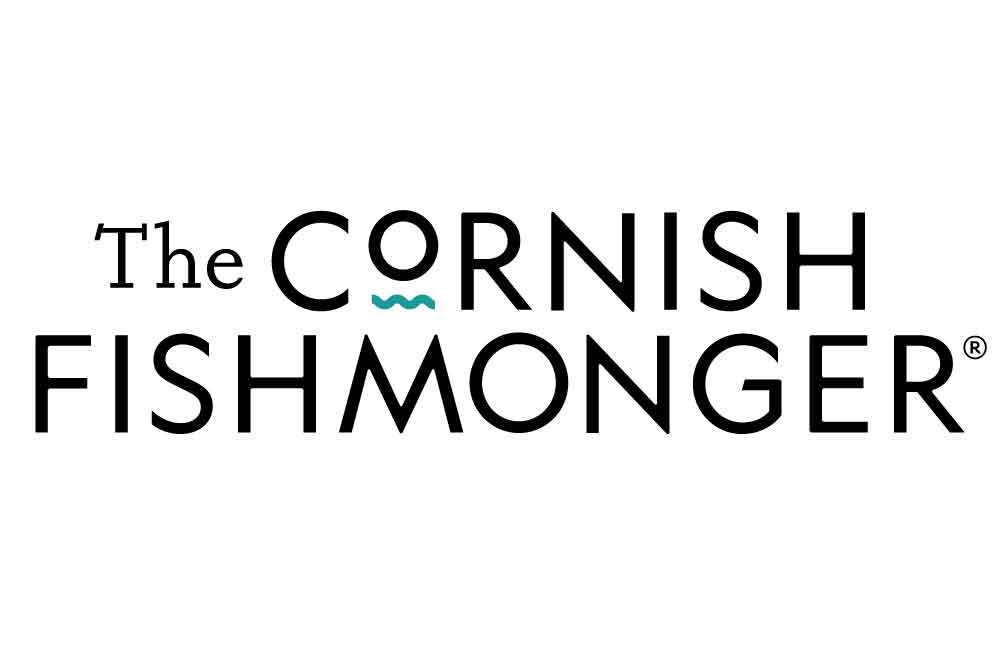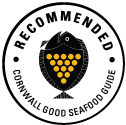


The Cornish Fishmonger is a family run specialist online fishseller, involved in the fishing industry since its creation by Robert Clifford-Wing some thirty years ago.
Firstly, discard any oysters that are not tightly closed.
Wash and open oyster just before serving.
You will need a clean tea towel and an oyster knife (or any sharp knife with a strong, short blade).
Method:
Firstly, discard any oysters that are not tightly closed.
Wash and open oyster just before serving. You will need a clean tea towel and an oyster knife (or any sharp knife with a strong, short blade) to open your oysters.
Pacific - Gigas Oysters
Pacific or gigas oysters as they are also known, are farmed or wild caught.
Native - Helford Oysters
The native or flat oysters are indigenous to local waters and have been harvested for hundreds of years, providing an invaluable source of high quality protein. Cornwall is renowned for its "Helford" oyster fishery that is operated within the river Fal close to Falmouth.

Truro river and Fal Estuary
Sustainably harvested using lightweight dredges that are towed by traditional sail boats and rowing boats. The unique management of this fishery has resulted in a sustainable harvesting regime that has kept stocks healthy for 150 years.

Cornwall
Hand collection of feral oysters is one method to keep wild populations of this non native species under control. The MCS methodology does not currently allow rating Non native species, however it is recommended by Cornwall Good Seafood Guide

Cornwall
Farmed on the shore in semi rigid plastic mesh cages. Rating is provided using the MCS aquaculture ratings methodology.


Cornwall Good Seafood Guide is underpinned by the Marine Conservation Society (MCS) Good Fish Guide. The first UK consumer guide to sustainable seafood. For more information visit www.fishonline.org
Cornwall Good Seafood Guide is here to help us all make sustainable seafood choices. Choices that will help us keep the oceans healthy and Cornish fishers' futures safe. This website is funded by Cornwall Wildlife Trust. If you would like to make a meaningful difference to the health of our oceans, please consider making a donation to the Cornwall Wildlife Trust Ocean Emergency fund. Your donation will help safeguard these remarkable environments, ensuring that they continue to thrive for generations to come. Together, we can be stewards of the seas and champions for a healthier, more sustainable future.